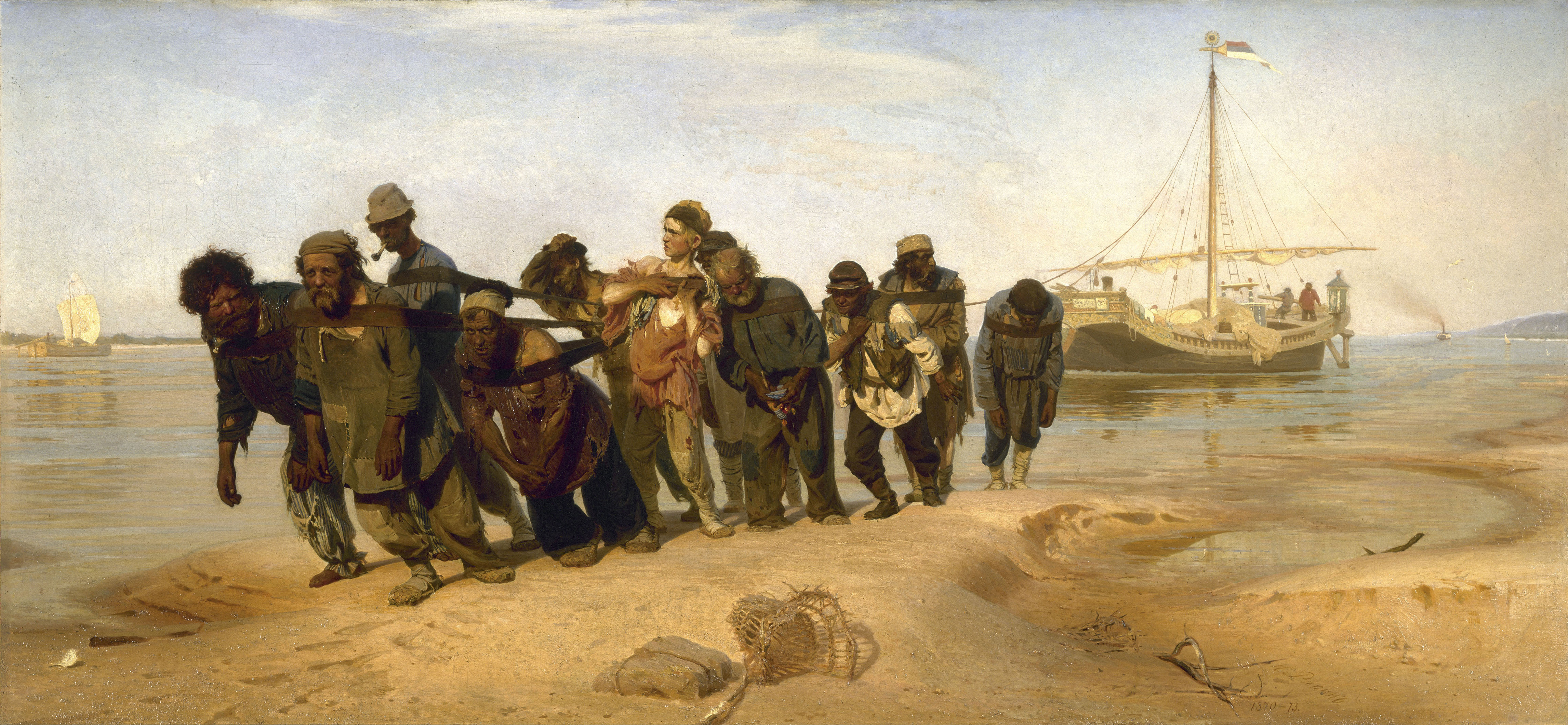Title? “The Danse Macabre”
Who? Camille Saint-Saens.
When? 1874
What? Symphonic Poem
The Danse Macabre (the first word spelt with an ‘s’), is a medieval allegory; a representation of the universal nature of death. In the Middle Ages, when death was everywhere, and few people were expected to live beyond their mid-thirties, the theme of all-encompassing death was a grim comfort to the peasant classes. As dismal and short as their lives would be, they knew that sooner or later, even the great kings and lords would also follow them into their own graves, and that wealth, riches and power did not spare one from the scythe of the Grim Reaper of Death.
The actual ‘Danse Macabre’ or ‘Dance of Death’ is an ancient European superstition. It holds that every year, on the night of All Hallows’ Eve (“Halloween” in modern English), the Grim Reaper calls the souls and skeletons of the dead from their graves, to lead them in dance and merriment, from strike of midnight until break of dawn. This was another way of softening the harsh realities of life and death, and providing people with the belief that death, while universal, couldn’t possibly be so bad.
The Danse Macabre as written by French composer Camille Saint-Saens in 1874, is the most famous of the many musical representations of Death leading the spirits of the dead in dance on Halloween. Although this piece can be played on the piano, it was actually written for a full orchestra.
The piece starts with the twelve strokes of midnight. As the church-tower rings the last bell of midnight, Death enters a graveyard, tapping and knocking on all the gravestones, to rouse the dead from their slumber. The wavering, continuous melody throughout the majority of the piece (in orchestral arrangements, performed by a solo violin), represents the personification of Death dancing through the churchyard, playing his violin, with the ghosts and skeletons of the dead dancing around after him.
The piece ends several minutes later, with the gradual rising of the sun, the rooster’s crowing, and the souls and skeletons of the dead crawling back into their graves, to await the Halloween dance of the next year…
Title? “Omphale’s Spinning-Wheel”
Who? Camille Saint-Saens
When? 1872
What? Symphonic Poem
Who knows what evil lurks in the hearts of men? Muahahahahaha!
The Shadow knows…
Composed in 1872, this is another of Saint-Saens’ most famous pieces. Another symphonic poem, it’s known to modern audiences mostly for the bridge in the middle of the piece, which was used in the 1930s radio program, “The Shadow”.
If you’ve ever wondered about the origins of that famous, slow, haunting theme, it came from here. In the video provided above, it starts at 3:22. It was performed on organ, for the radio-program by legendary organist Rosa Rio, who died in 2010…at the age of 107!
Title? “Funeral March of a Marionette”
Who? Charles Gounod
When? 1872
What? Piano Solo
Fans of Alfred Hitchcock will probably recognise the slow, steady, rocking pace of this music as the theme to the 1950s TV series “Alfred Hitchcock Presents…“.
Composed in 1872 by Frenchman Charles Gounod (“Gouno‘”), also famous for “Ave Maria“, it was originally written as a piano solo, but was rewritten in 1879 as an orchestral piece. Hitchcock selected it as one of the pieces of music he would have a recording of, if he were trapped on a desert island.
Title? “Powerhouse”
Who? Raymond Scott
When? 1937
What? Novelty
Anyone who grew up watching Warner Brothers cartoons on weekend television will be familiar with the 1930s novelty tune “Powerhouse“, by Raymond Scott and His Orchestra.
Scott was famous for his whacky, novelty tunes which were highly popular in the 1930s and 40s. He used a lot of early electronic instruments to produce the weird sounds for which his music is famous. “Powerhouse” is best known for the bridge in the middle, with the slow, methodic, “Assembly-line” theme. It starts about a minute and a quarter, into the original 1937 recording, which is shown above.
Title? “Song of the Volga Boatmen”
Who? Unknown. Compiled by Mily Balakirev.
When? Unknown. Published by M. Balakirev in 1866.
What? Traditional Russian Folk-Song
Anyone who grew up watching Disney cartoons of the 30s and 40s is probably familiar with this ancient Russian folk-song, ‘The Song of the Volga Boatmen‘. Its origins are lost to history, but it was saved for posterity by Russian pianist and composer Mily Balakirev (1837-1910), who added it to his published book of traditional Russian folk-songs in the 1860s.
 Barge-Haulers on the Volga (1873), painted by Ilya Y. Repin
Barge-Haulers on the Volga (1873), painted by Ilya Y. Repin
The original lyrics tell the story of the Volga Boatmen, teams of peasant labourers who dragged barges and boats along the Volga River in Russia during the time of the Russian Empire. This backbreaking, thankless task worked many poor Russian peasants into their graves, but the song (used to help keep time during barge-hauling) was inspirational for its depiction of hard work and determination, and remained popular, even through the communist era of the 20th century.
The Volga is the longest and largest river in all of Europe, and runs through the hearts of many famous Russian cities, such as Moscow, and Volgograd (what used to be known as ‘Stalingrad’ during the Second World War).